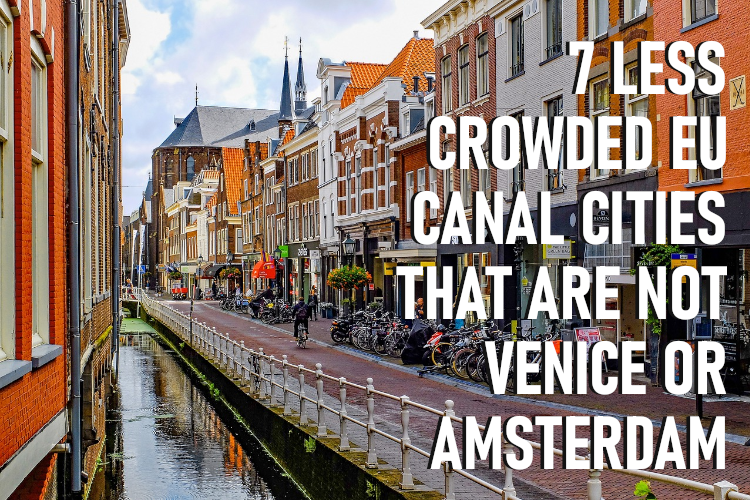
There is no denying that both Venice and Amsterdam are among the most beautiful cities in the world, capturing the hearts and minds of travelers across the globe with their beautiful canals, wealth of historical attractions, grand architecture, vibrant nightlife and world-class culinary offerings.
However, with more than 26 million visitors to Venice, and approximately 20 million visitors to Amsterdam annually (both based on 2019 figures), there is one factor that could really dampen a visit to one of these majestic European tourist meccas: massive crowds.
But fear not – there are many alternative canaled cities in Europe that offer everything a traveler could desire in a trip to the world’s most visited continent!
Here are our 7 top picks for beautiful, less crowded European canal cities that are not Venice or Amsterdam.
Delft, The Netherlands
World-renowned for its hand-painted white and blue earthenware, its ties to the Dutch royal family, and as the birthplace (and final resting place) of Dutch Master painter, Johannes Vermeer; Delft has everything a traveler thinks of when picturing a trip to The Netherlands – except for long queues and thronging crowds.
Delft is home to many museums, churches like the Nieuwe Kerk (New Church) and Oude Kerk (Old Church), and plenty of historical attractions. Visitors can discover the city on canal tours, by visiting one of the many markets, by riding around on a bicycle, or by simply strolling along the cobblestoned streets and appreciating the beautiful surroundings.
As a student town, home to the internationally acclaimed Delft University of Technology, visitors are never far away from a pub or excellent eatery, with a pulsing social atmosphere almost guaranteed.
The city is nestled between Rotterdam and The Hague in the southwest of the country, only about 50 minutes from Amsterdam by either road or train, making it an ideal base from which to also explore these larger cities without having to stay there.
Colmar, France
Tucked away in the historical Alsace region of France – famous for its mix of German and French influences – is the enchanting town of Colmar, a fairytale village so picturesque it looks like it was taken straight out of a Disney movie. Its old town is lined with cobblestone streets, half-timbered houses and flower boxes. Oh, and let’s not forget those quintessential canals that reflect the soft lighting of candle-lit dinners, oftentimes accompanied by the romantic rhythms of accordions in the background… sigh.
With more than a thousand years of European history, Colmar is a treasure trove of medieval and Renaissance era buildings, churches and museums. The town can be explored on foot, by bicycle, on a guided tour, by mini train, from a horse-drawn carriage, on a bus tour or from a small boat in the aptly named “Little Venice” district.
Visitors can also go shopping for authentic Alsatian products, textiles and décor; or take in the renowned light show that often transforms the town on Friday and Saturday evenings throughout the year.
Colmar is crowned the capital of the Alsatian wine route and is the perfect base from which to explore the picturesque towns and villages in this region. Thanks to its close proximity to Switzerland and Germany, it is also one of the finest places in Europe to sample Riesling or Gewürztraminer wines.
Where there is good wine there is also good food, and Colmar is no exception! Local specialties include sauerkraut, flambées and many other traditional dishes – and that’s not even mentioning the town’s Michelin-starred restaurants.
Ghent, Belgium
An almost perfectly downscaled version of Amsterdam mixed with elements of Brussels and Bruges, Ghent is a charming, authentic city with so much to offer.
Thanks to its history as a powerful medieval metropolis, the city is famous for its many historical treasures; such as the 12th century Castle of the Counts or the triad of medieval structures that overlook the old city center: St Nicholas’ Church, the 298 foot (91m) tall Belfry of Ghent and the renowned St Bavo’s Cathedral.
Celebrated in its many museums and galleries, the city is also famous for its most renowned native son, Jan van Eyck, whose acclaimed painting, the Ghent Altarpiece (completed in 1432), is widely viewed as one of the most influential works of art in European history.
Yet Ghent is not only a city of the past, but also of the future. From the contemporary Ghent City Museum, the STAM, to the many bars, eateries and even jazz clubs along or near the tranquil waterways; the city has a vibrant air and its locals know how to have fun. In fact, Ghent has a long history of brewing beer and offers some of the best beer tasting experiences in the country.
Whether explored on foot, by bicycle or on a boat or barge trip, one thing soon becomes clear when visiting Ghent: this is more than just a weekend destination.
PS: Did we mention the city, being in Belgium, is also famous for its waffles and chocolate?
Treviso, Italy
It would be remiss of us to propose alternatives to majestic Venice without including at least one other option in Italy! Our next town is also located in the Veneto region, just 22 miles (36kms or a quick 40 minute car/train ride) north of Venice; and while on a touristic level it doesn’t quite compete with its big sister, it has plenty to offer travelers who wish to experience authentic Italy.
The best place to start a trip to Treviso is in its civic heart, the Piazza dei Signori: a beautiful square where locals love to just hang out. From here travelers can stroll through the arcaded streets, explore the city’s canals and bridges, go shopping or spend some time in the local museums, galleries and churches. The historic center of Treviso features old city walls, complete with moat, along which visitors can walk and take in the architecture of the region.
The original home of Prosecco, radicchio and, according to legend, the birthplace of tiramisu; Treviso has no shortage of enticing bars, cafés and eateries serving renowned Italian cuisine. The town is also famous for its delectable gelato, and it’s not uncommon to see local friends and families getting together after meals to enjoy their favorite flavors.
After spending a day or two in Treviso, visitors can explore the surrounding wine region by car or by walking the 6 mile (10km) long L’Anello del Prosecco – the Prosecco Ring – that connects to many villages and vineyards. The city also has excellent rail and bus connections to Venice, Vicenza, Padua, Verona and beyond, making it a good base from which to explore the rest of the Veneto region.
Hamburg, Germany
Hamburg is Germany’s second largest city, Europe’s third largest port, and as a destination draws more than 6.6 million visitors to its wealth of historical, cultural and outdoor attractions each year. It is a lively, bustling, metropolitan alternative to Venice and Amsterdam; and while certainly not a sleepy village, it offers quite a bit more room to breathe along with an endless list of things to do.
The city is located on the Elbe, Alster and Bille rivers and is crossed by hundreds of canals. With such a vast network of waterways, Hamburg also boasts around 2500 bridges – more than Venice, Amsterdam and London combined!
As a global city, Hamburg is home to more than 40 theatres, countless galleries and many world-class museums – such as Hamburg’s International Maritime Museum (IMMH) which, housed in the city’s oldest standing warehouse, celebrates maritime history in an extensive exhibit that spans over 9 levels.
Lovers of fine architecture will also revel in Hamburg’s historical buildings, one of the most impressive being the Rathaus (City Hall) where Hamburg’s parliament and senate assemble. Another notable example is St Michael’s Church (known simply as the Michel among the locals) with its 433 foot (132m) high tower that supports the largest clock bell in Germany.
The UNESCO-listed Speicherstadt district, the largest historical warehouse district in the world, hosts many activities and attractions, not to mention canal cruises. In stark-but-complimentary contrast to the moody, almost jazz-era ambience of the Speicherstadt, the neighbouring HafenCity district, the largest urban redevelopment project in Europe, is home to many modern glass and steel buildings. The most notable is the world-renowned Elbphilharmonie concert hall that towers over the harbour and has become a premier destination for concerts and cultural events in the city.
Hamburg is very much an outdoors city and one of its most popular attractions is the Stadtpark, one of the city’s many green spaces where visitors can have a picnic, go for a stroll, swim, have a barbecue or even visit the Planetarium. Other popular outdoor activities include strolling around the Alster river, going on one of many walking trails or even boating, paddling, canoeing or kayaking on the Alster Lakes.
Throughout the year Hamburg hosts countless festivals and events, one of the most famous being Hamburg DOM – the largest public festival and funfair in Northern Germany. The city is also blessed with an incredible culinary scene, with innumerable options that include truly global menus. For nightlife, many locals and visitors alike flock to the famous (rather, notorious) red light district of Reeperbahn, where trendy nightclubs and traditional sailor bars can be found. This area is also renowned as one of the scenes where The Beatles got some of their first tastes of fame back in the 1960s.
Empuriabrava, Spain
Nestled in the Gulf of Roses, part of Spain’s renowned Costa Brava, this tiny community is situated in a region that boasts pristine beaches, medieval villages and an incredible historical heritage – all within 25 miles (40km) of the French border.
Developed on the site of a swamp back in the 60s and 70s, Empuriabrava itself is a fairly modern, luxury destination that is popular among Europe’s wealthy elite. It boasts more than 15 miles (25kms) of navigable canals, and more than 5000 private jetties, in the largest residential marina in Europe.
Visitors can rent a boat to explore the wealthy holiday homes lining the canals, hire a bicycle to tour the local beaches and natural parks, or enjoy a day on the pristine sands of Platja d’Empuriabrava and Rubina Beach – two popular beaches in the region. The nearby Aiguamolls de l’Empordà is an important wetland park preserve, famous for its excellent bird watching opportunities.
Watersports such as sailing, surfing, water-skiing and windsurfing are incredibly popular; as is skydiving, with a famous wind tunnel and one of Europe’s most prestigious skydiving schools just north of town.
While Empuriabrava has a thoroughly modern feel, the nearby town of Castello d’Empuries (of which Empuriabrava is actually a suburb), dates all the way back to the ninth century and is renowned for its annual Land of Troubadours medieval festival. Many routes which take travelers to famous historical Catalonian sites are easily accessible from here, and popular cities that can be explored in the region include Cadaqués, Girona and Figueres – the birthplace of Salvador Dali.
While there are numerous dining establishments in Empuriabrava, the nearby town of Roses is more popular among visitors for its more authentic and diverse range of restaurants and bars.
Ljubljana, Slovenia
Our last destination, Ljubljana, is arguably one of the most underrated cities in Europe; often overlooked due to its small size (it has a population of just over 293 000 people) and the more hyped-up draw of bigger tourist cities in neighboring Italy, Austria and Croatia. However, make no mistake: this is one tiny city that packs a massive punch!
The best place to start a trip to Ljubljana is from the Prešernov trg (or Prešeren Square), the heart of the Old Town which is centered around the iconic pink Franciscan Church. From here visitors can wind their way down picturesque cobblestone streets, head to some of the city’s prime museums, theatres and galleries, or stroll along the embankments of the artery that forms the lifeblood of the city: the Ljubljanica River Canal.
There are numerous bridges that cross the river to the other side of the Old Town – such as the Triple Bridge, a famous 19th century bridge recreated and extended by world-renowned architect, Jože Plečnik; or the Butcher’s Bridge, a simple footbridge adorned with “love padlocks” by tourists. Nearby, visitors and locals alike gather at the Central Market to mingle and sample some of the finest produce in the country, while yet another ornate bridge, the Dragon Bridge, provides the perfect photo opportunity with a statue of one of the city’s most iconic symbols.
The Ljubljana Castle, one of Slovenia’s most visited attractions, has been dominating the skyline from its hilltop location for over 900 years and can be easily reached from this side of the Old Town, either by funicular or by climbing on foot. Other not-to-be-missed attractions in this vicinity include the Ljubljana Cathedral (the Church of St Nicholas), Town Square, the baroque-era Town Hall, as well as the renowned Robba fountain – said to represent three Carniolan rivers: the Ljubljanica, the Sava and the Krka.
From the old town and river embankments to the hotels, malls and high streets of the modern city; there are countless beer halls, bars, restaurants and cafes that have contributed to Ljubljana’s rise as one of the top culinary cities in Europe. Thanks to its reputation as a world-class university town, the city also boasts a very youthful atmosphere and pulsing nightlife.
No visit to Ljubljana would be complete without exploring one of its many green spaces, the most famous being Tivoli Park. These parks don’t only function as beautiful natural attractions, but also help make the city one of the greenest on the continent.
After a perfect couple of days in Slovenia’s capital, the surrounding mountains, forests and marshes beckon visitors to explore the rest of the country. The fairytale town of Bled, with its crystal clear lake and dreamy Julian Alp surroundings, is a mere 34 miles (55km) away; while the popular coastal resort towns of Izola and Portorož are just over an hour’s drive West.
How many of these cities have you been to? Have any other alternative canal cities to recommend? Let us know in the comments below!
Editor’s note: You may have noticed we’ve left out popular suggestions like Bruges, Birmingham, Utrecht, Annecy, Copenhagen, Stockholm and St Petersburg. These destinations each have their own charm and offer many attractions, but most of them are already well-known and incredibly popular in their own right.

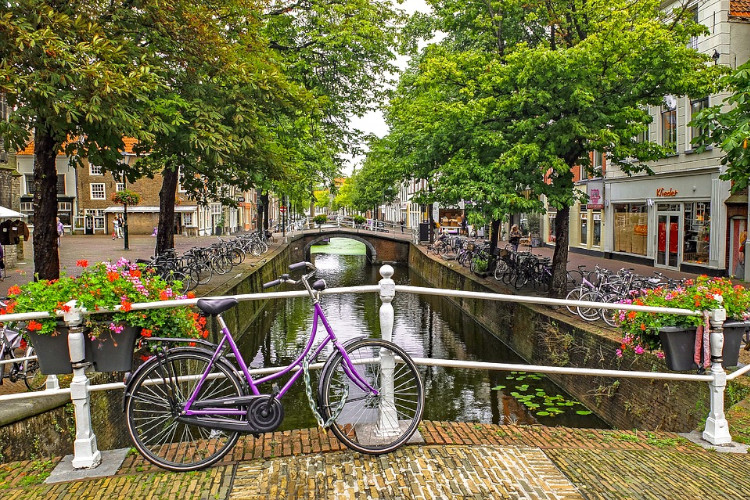
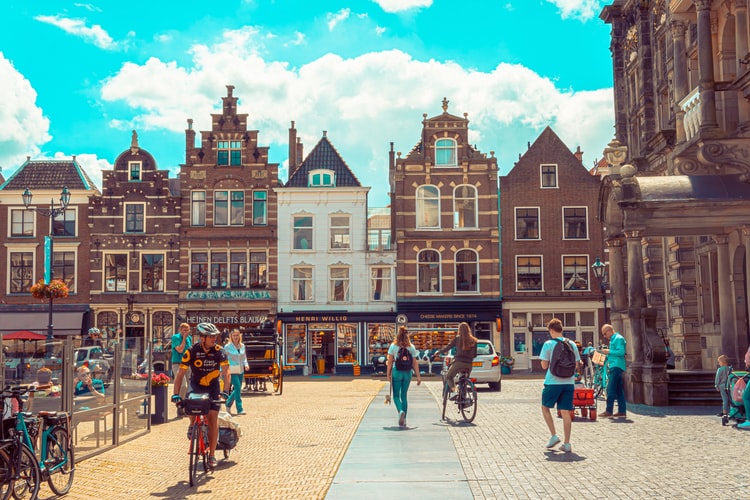
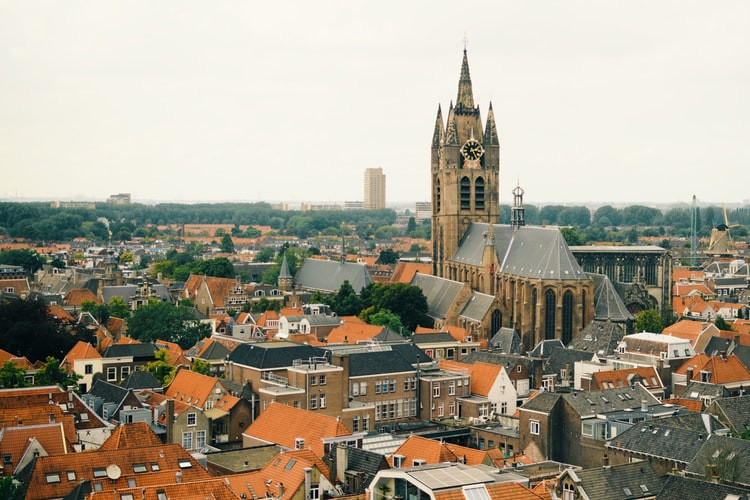
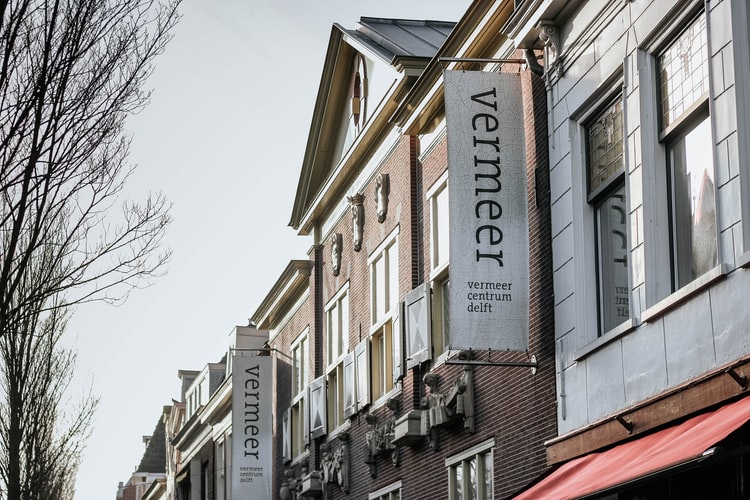
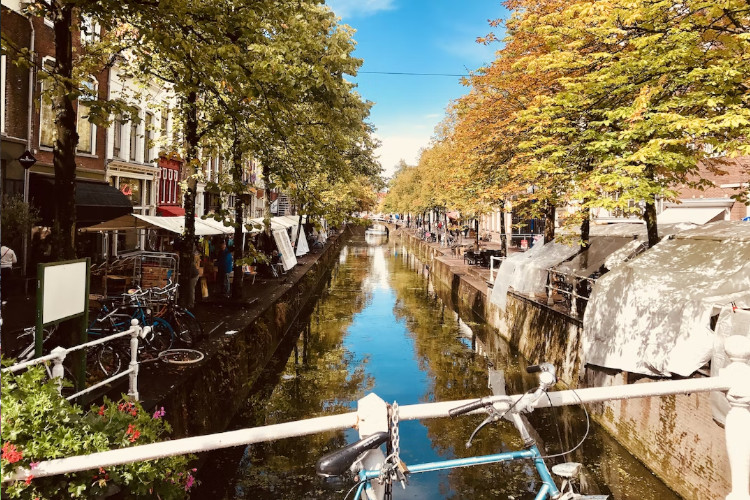
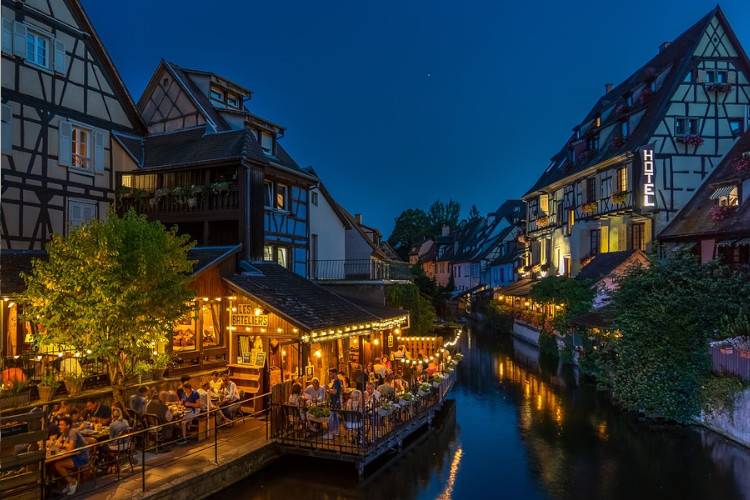
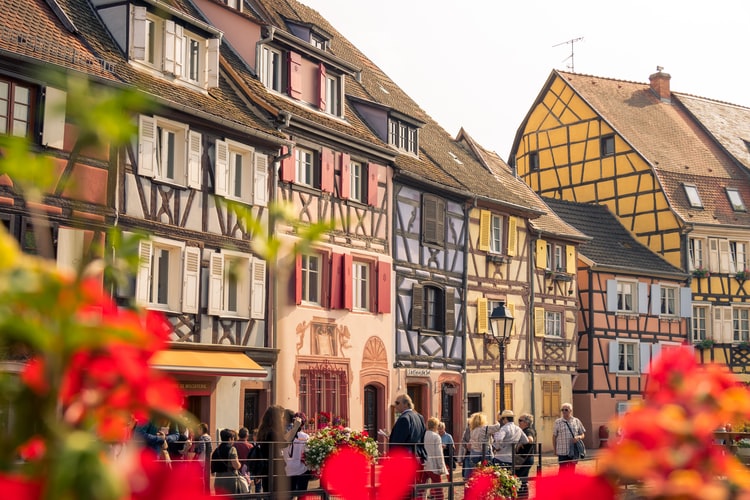
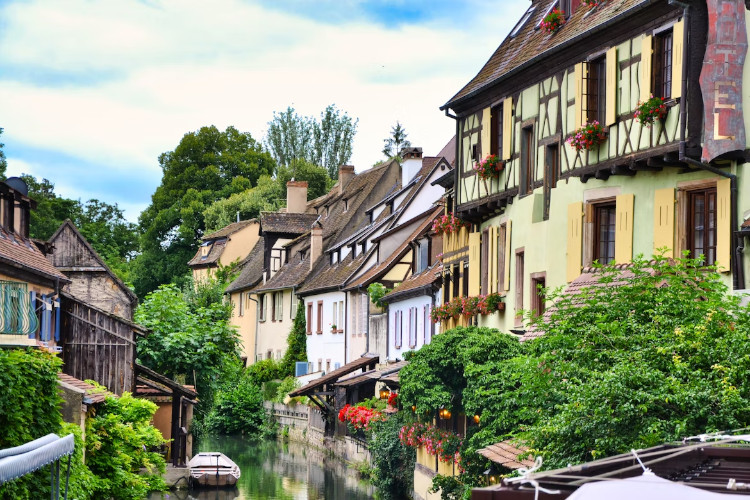
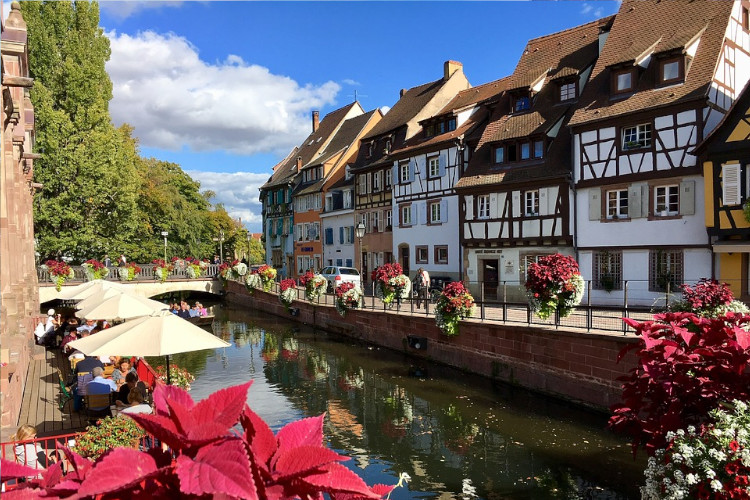
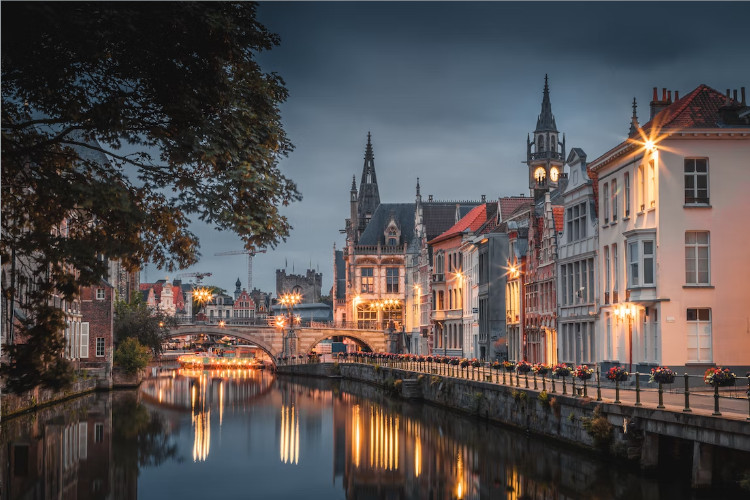
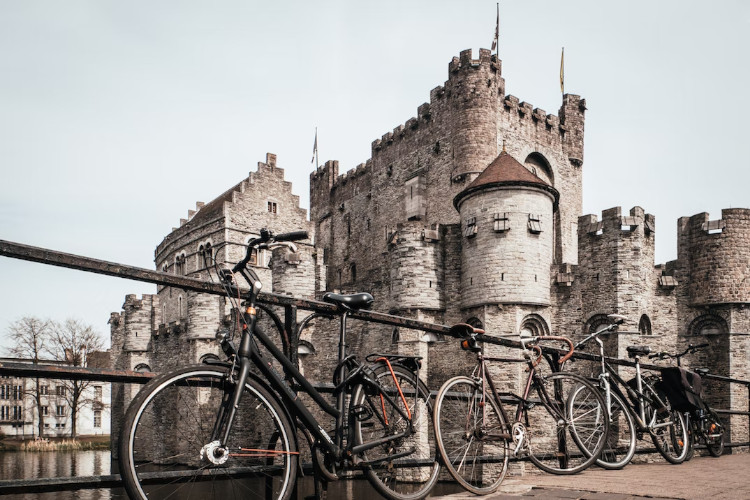
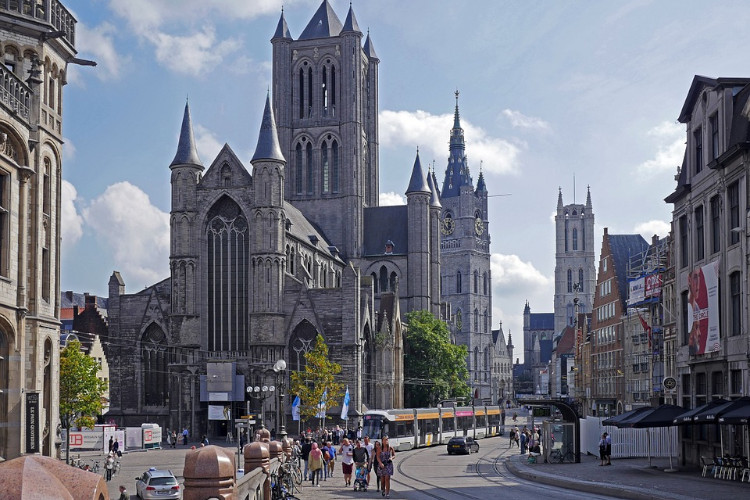
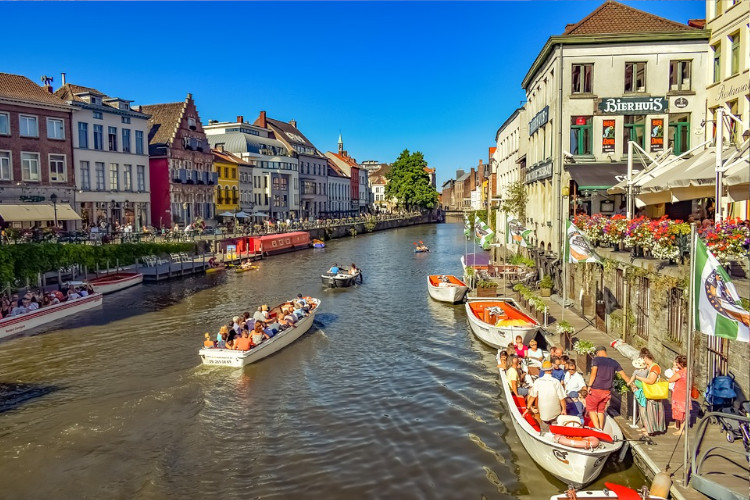
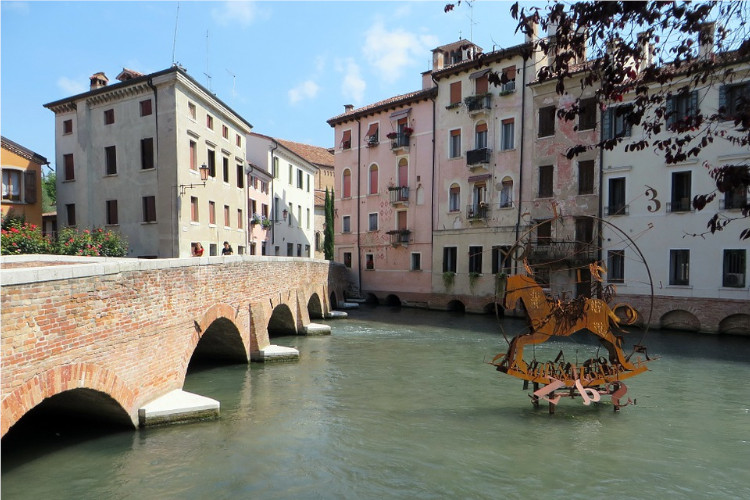
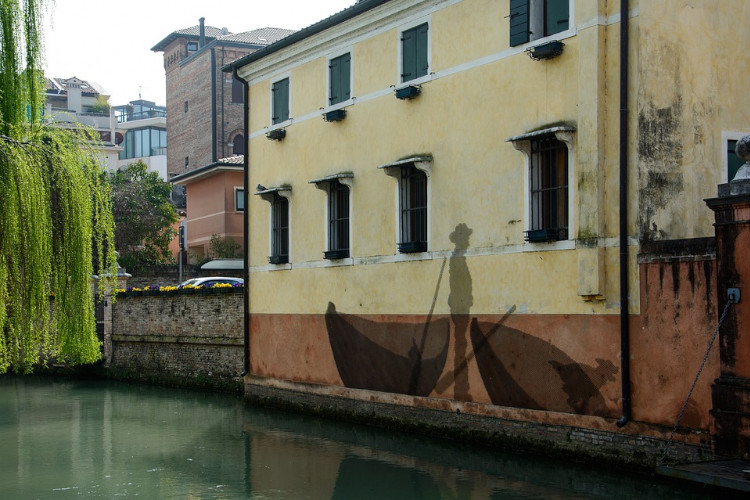
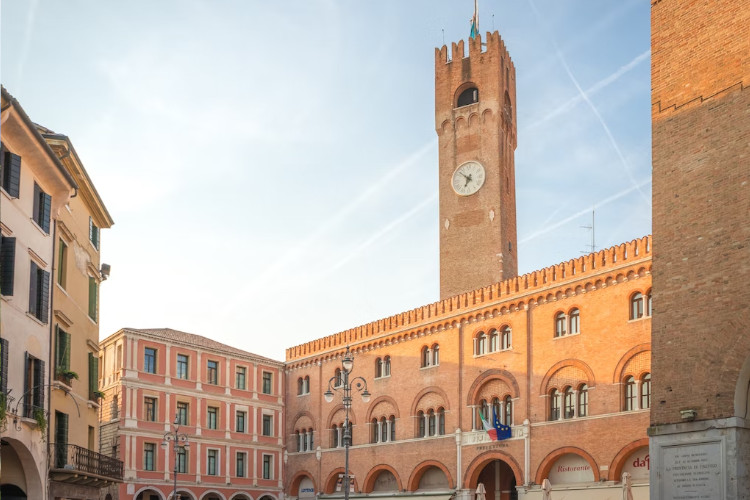
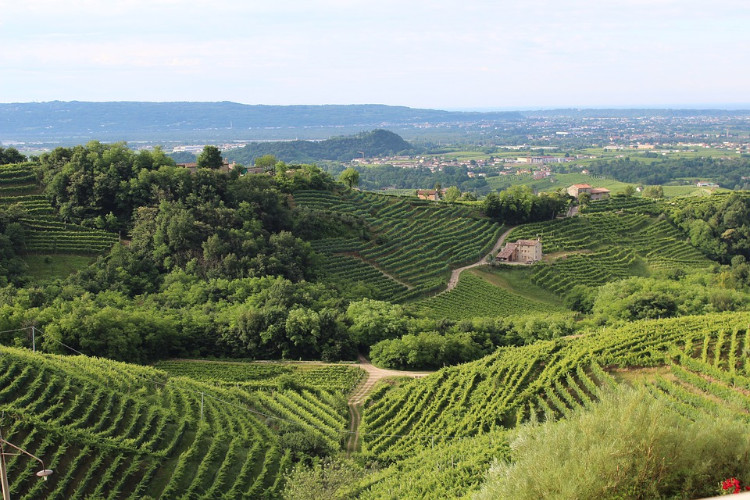
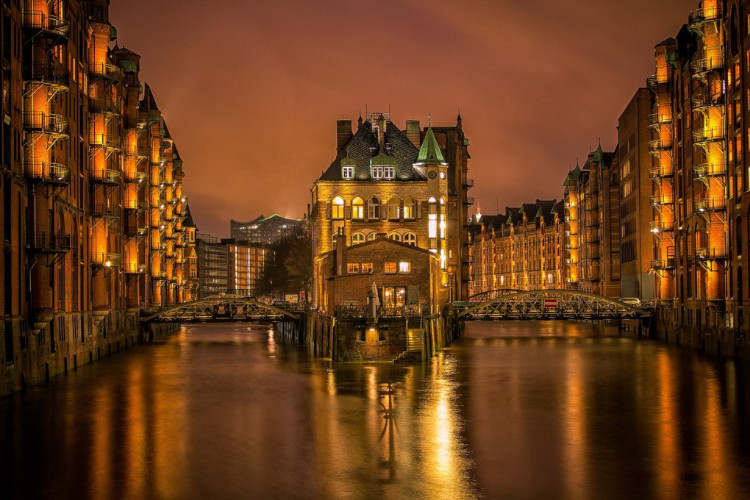
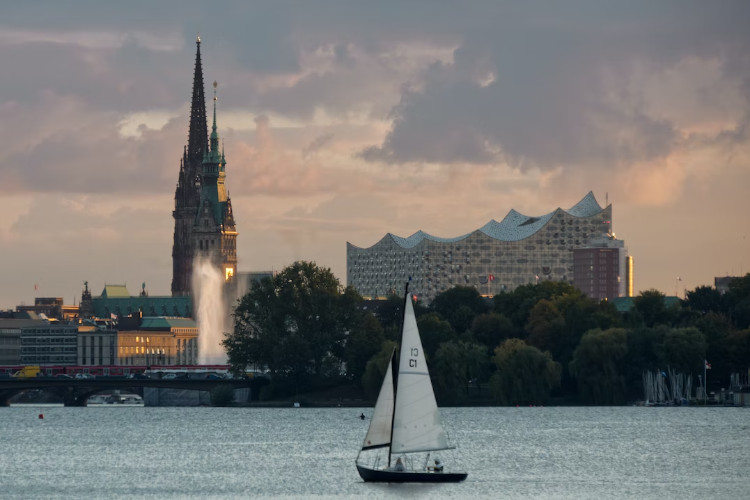
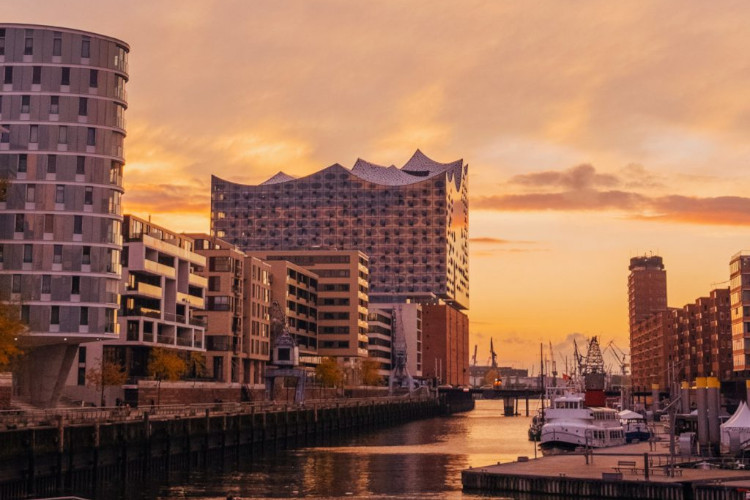
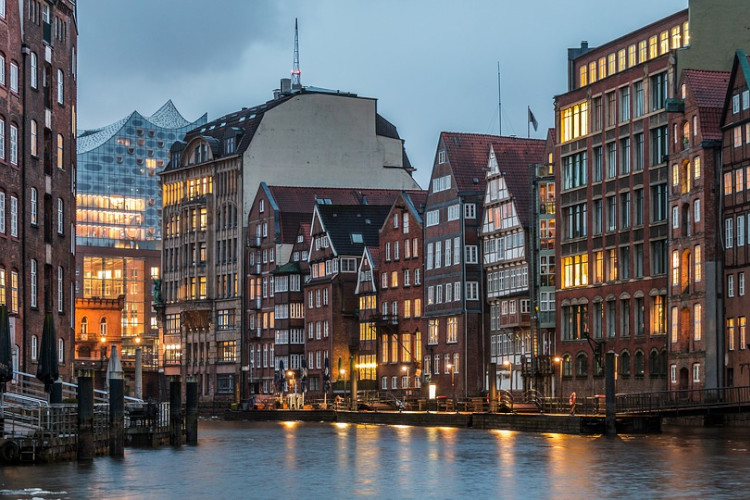
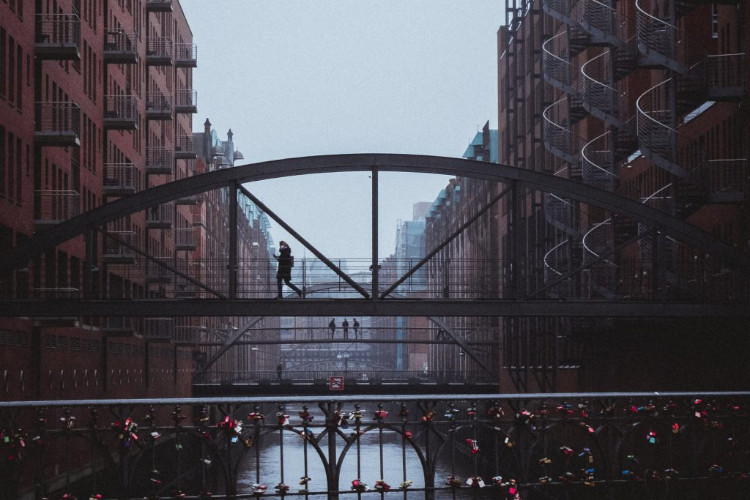
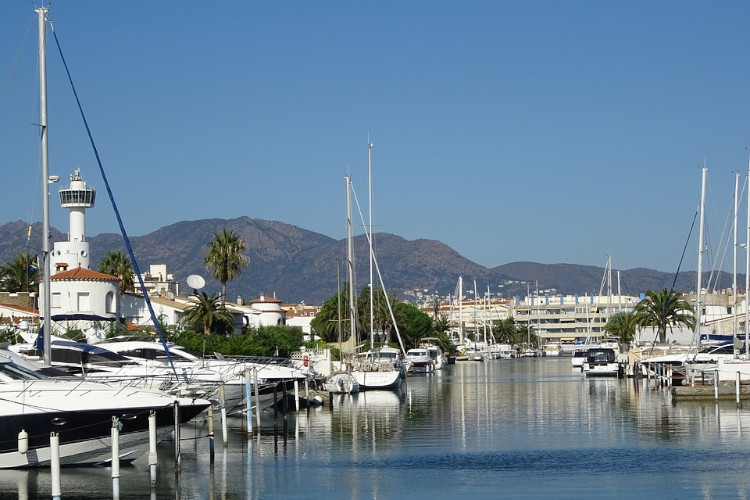
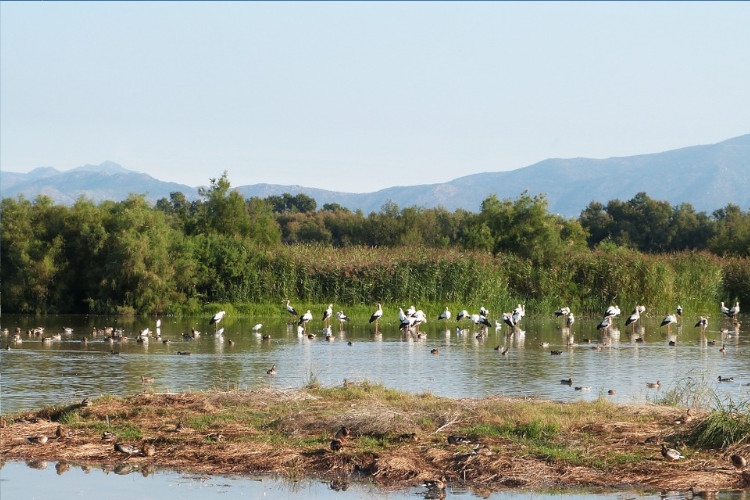
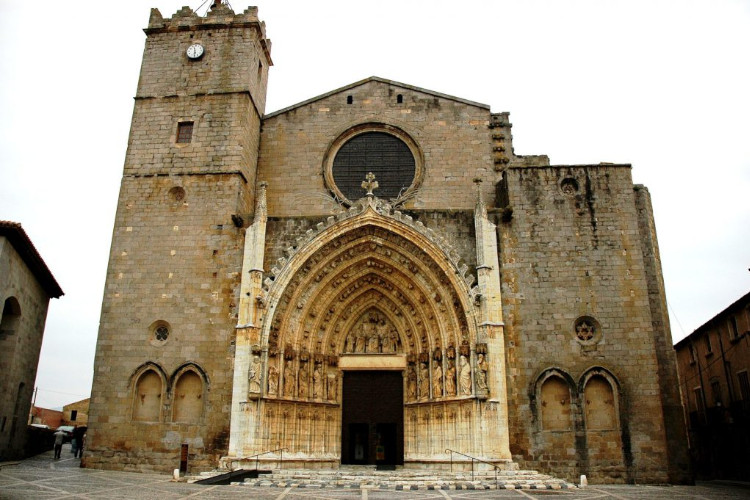
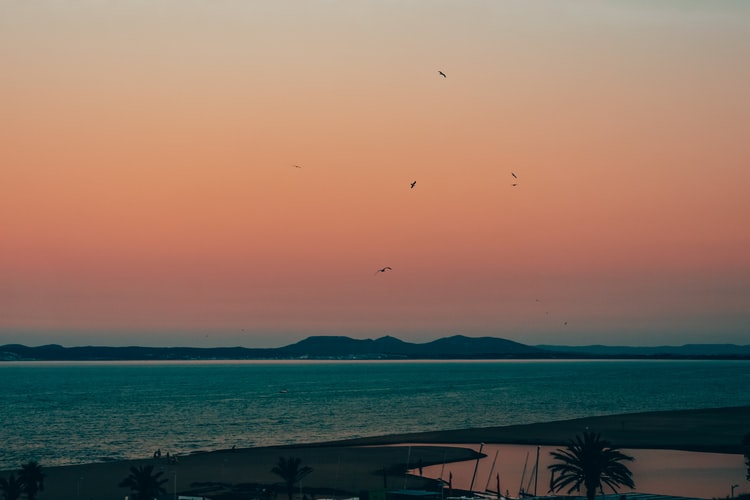
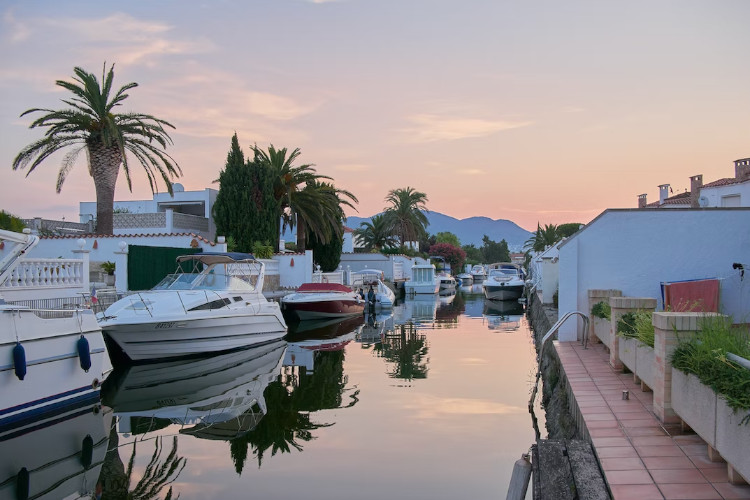
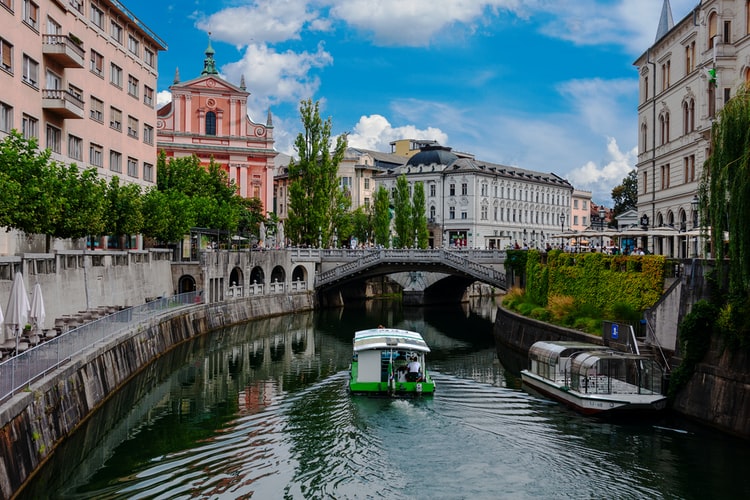
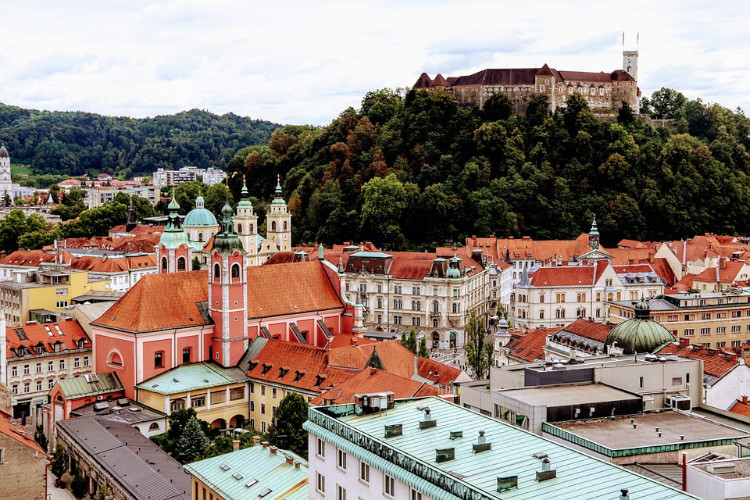
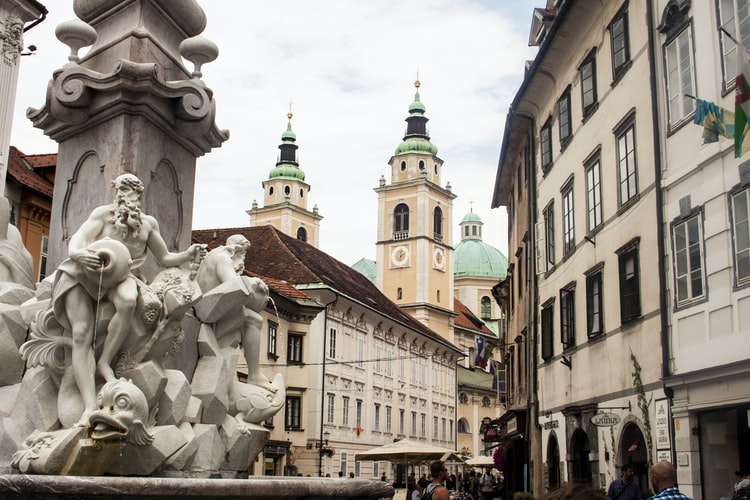
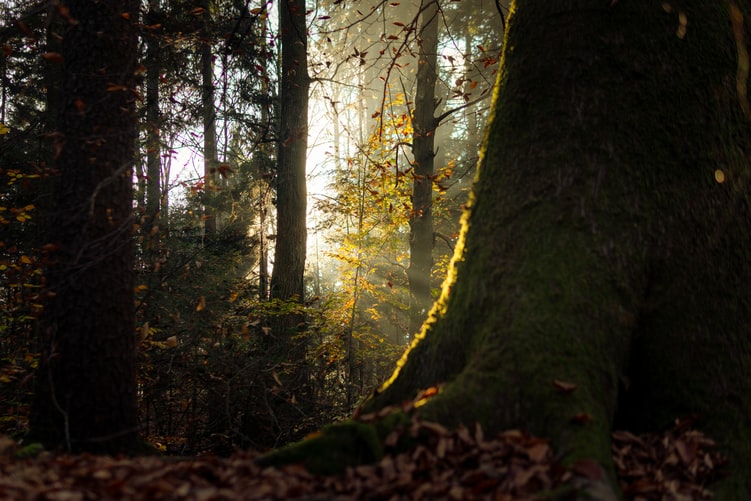
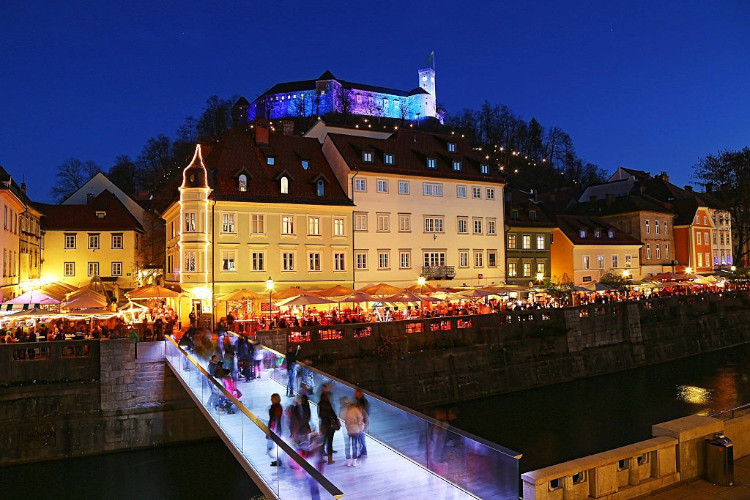
Leave a Reply